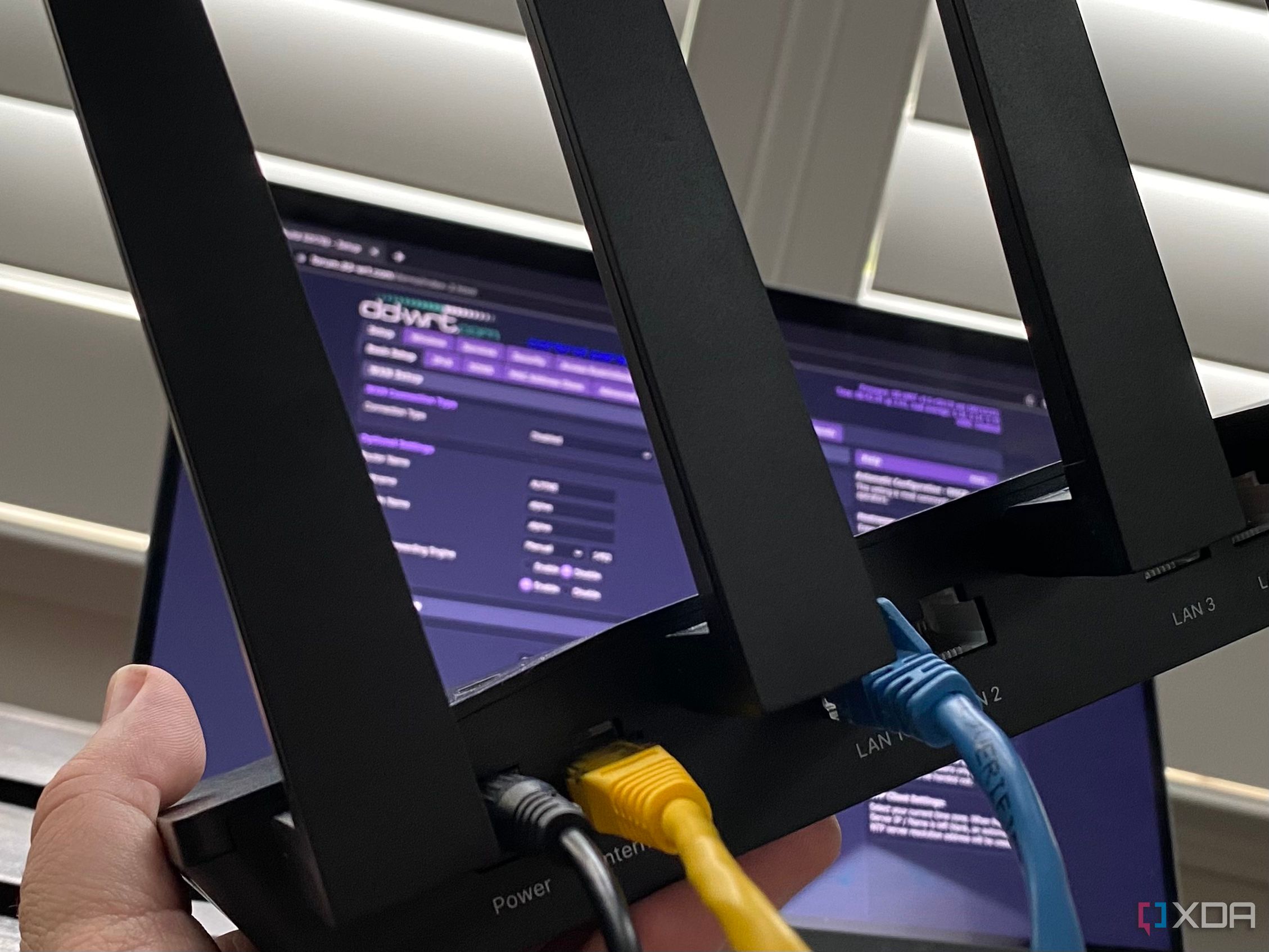Most of the best Wi-Fi routers give the average customer all the controls they could ever want with simplified access to wireless settings, QoS, and firewall settings making home networking tech more accessible to all. For those looking for a more open experience, more advanced and in-depth settings can be made available with an open firmware like OpenWrt or DD-WRT. If you want access to these extra features, however, you’re looking at a more complicated setup procedure and a lot more research.
Both OpenWrt and DD-WRT are completely free to download and use with access to stable and beta builds. OpenWrt is completely FOSS (free and open-source software) meaning that no company owns any part of it, so you can use it without any permission and if you have the know-how, you can even dig into the code yourself. DD-WRT makes a few concessions when it comes to being open-source to allow support for a wider range of devices, such as those running Broadcom chips.
Availability comes down to not only a specific brand of router, but the model and even hardware revision. Many routers will have multiple versions with slight hardware tweaks that don’t matter much, if at all, to the end-user with standard software, but can lead to issues when installing a custom Linux-based operating system (OS) like OpenWrt or DD-WRT. When you’re looking for router software for your hardware, make sure to note any version information. This can typically be found next to the model number on the bottom of the router.
It's true that these options don't necessarily support the very latest routers, but they do add masses of features to older routers. Also with ASUS routers they do already have lots packed in, and I actually opted to install the ASUSWRT-Merlin firmware which retains close compatibility with the ASUS firmware.
See
DD-WRT vs. OpenWrt: Which open-source router firmware should you pick?#
technology #
routers #
DDWRT #
OpenWRT 
Installing a custom firmware on your router gives you more control and longer support than the stock firmware.